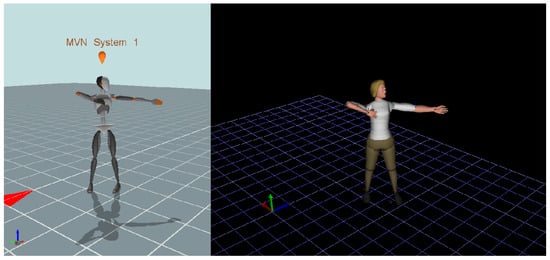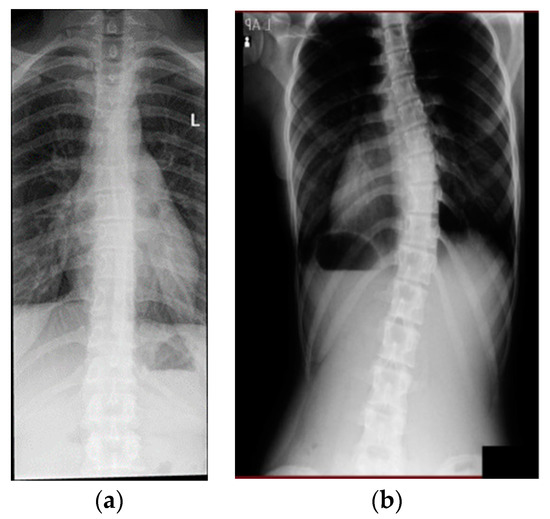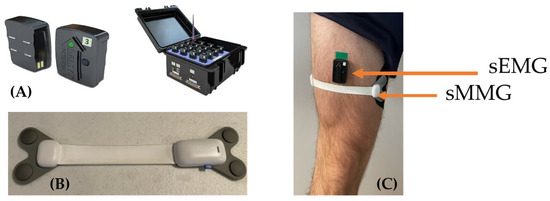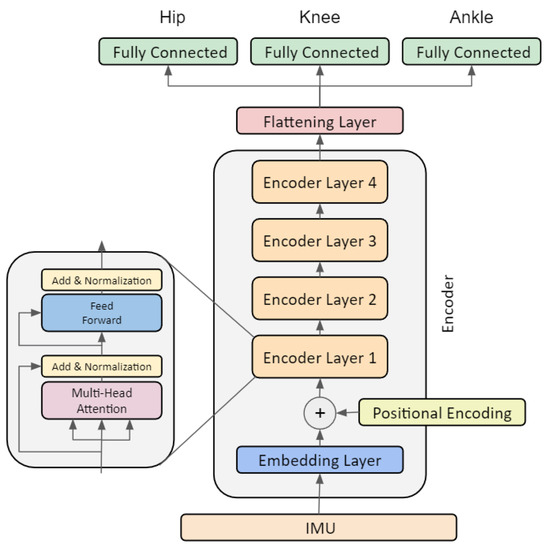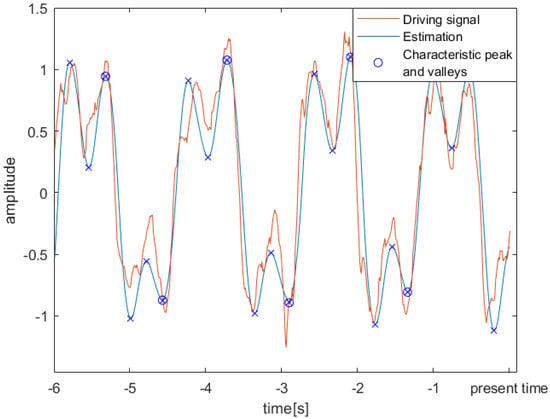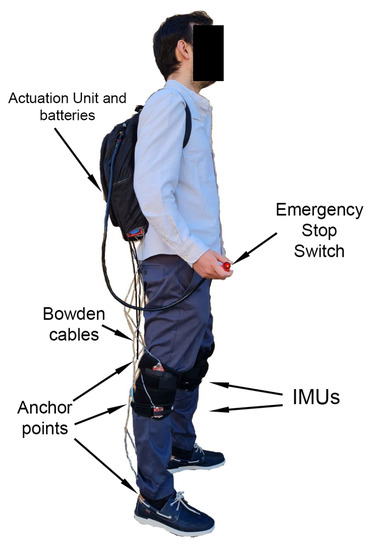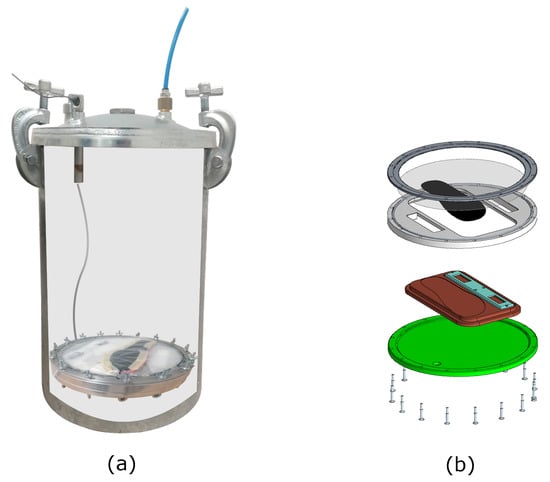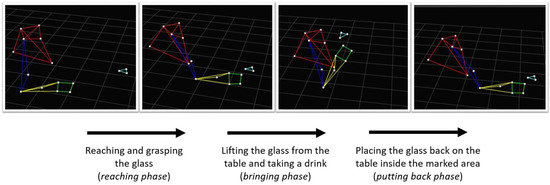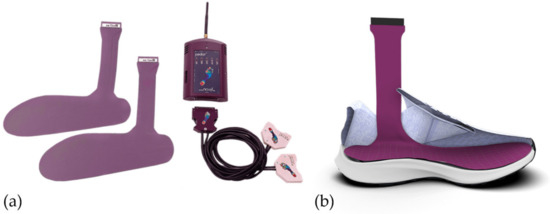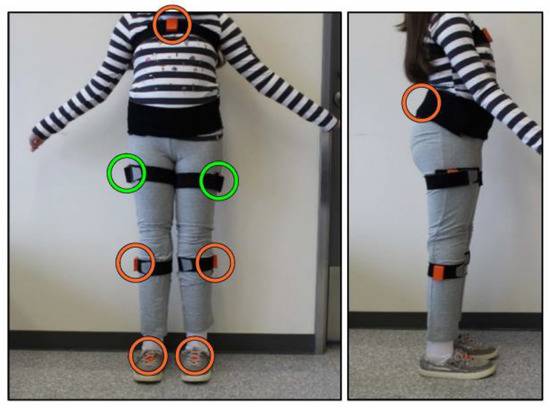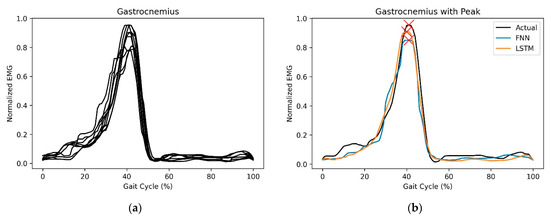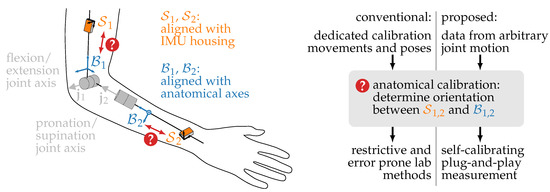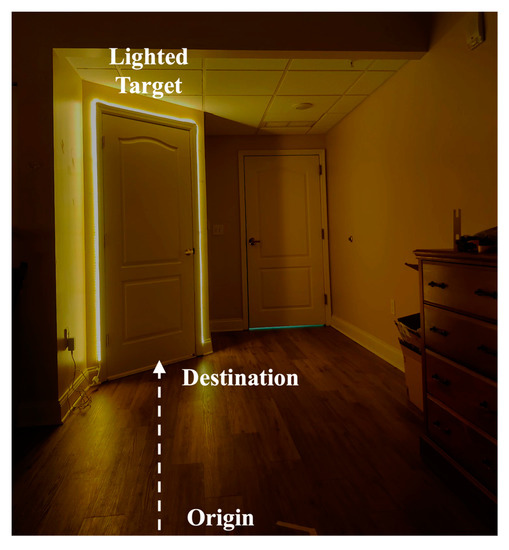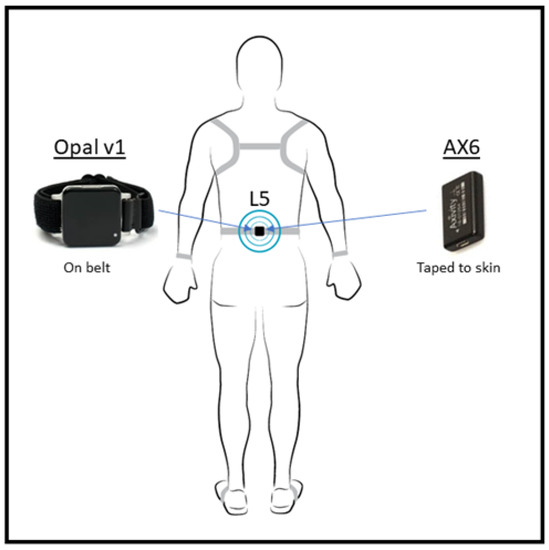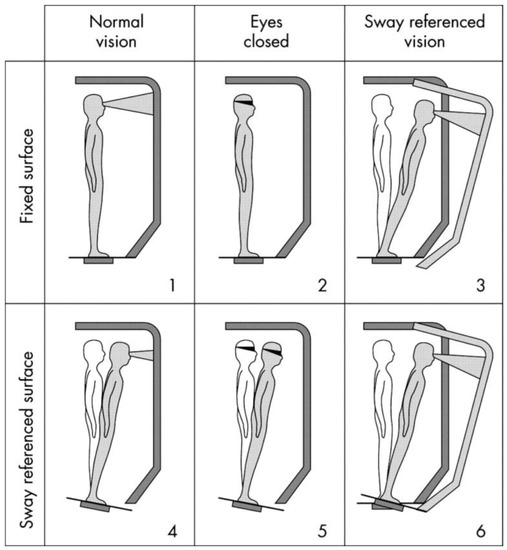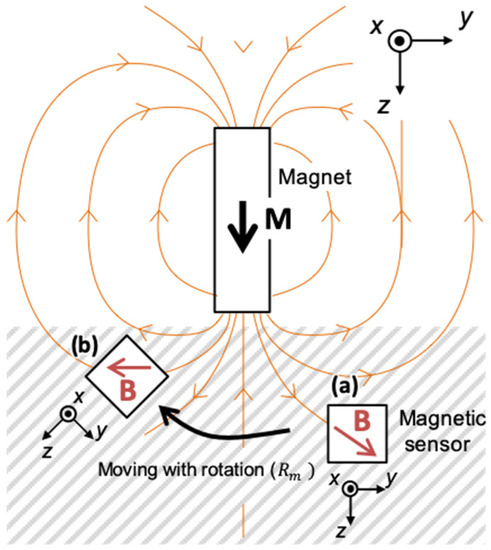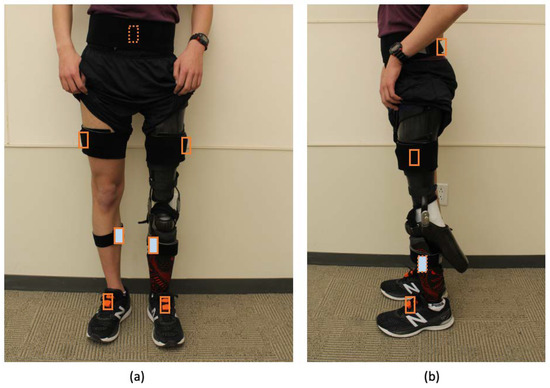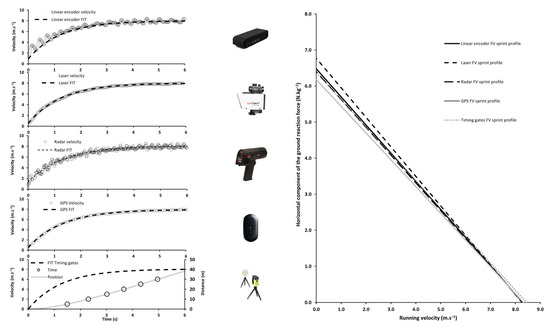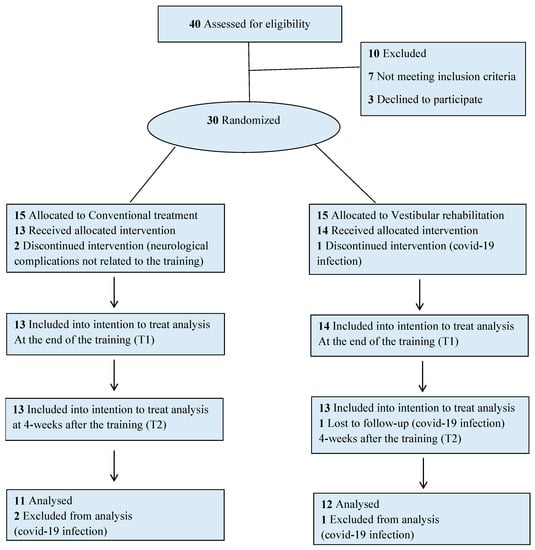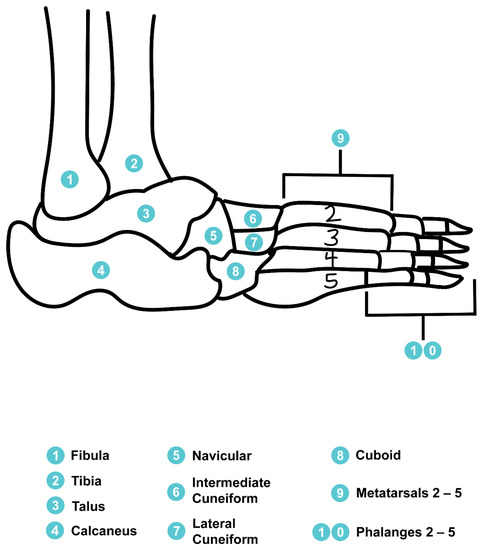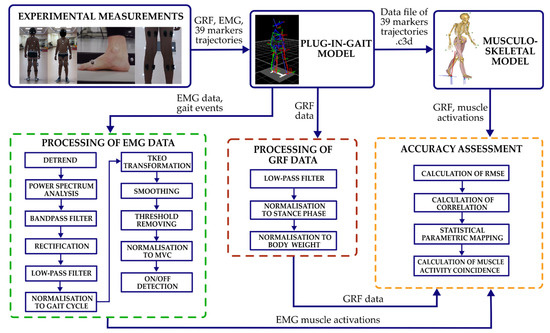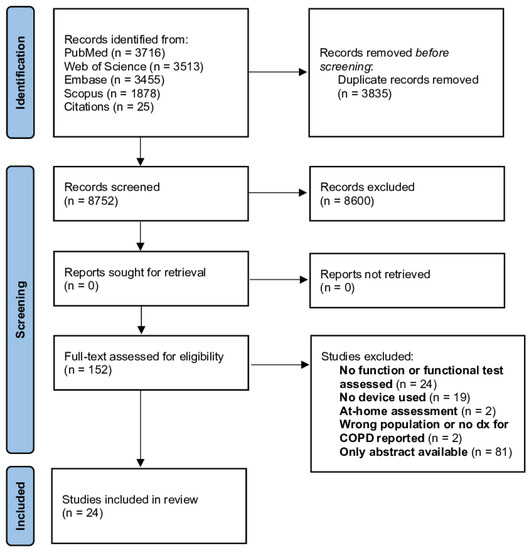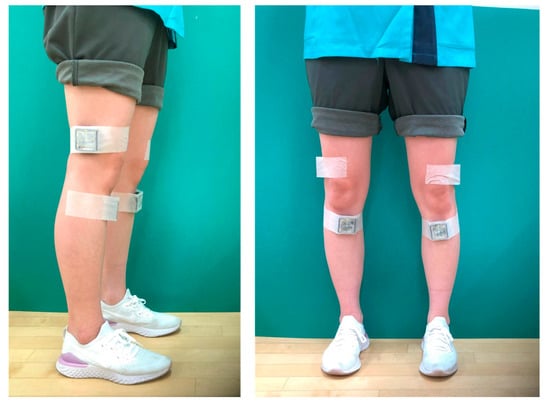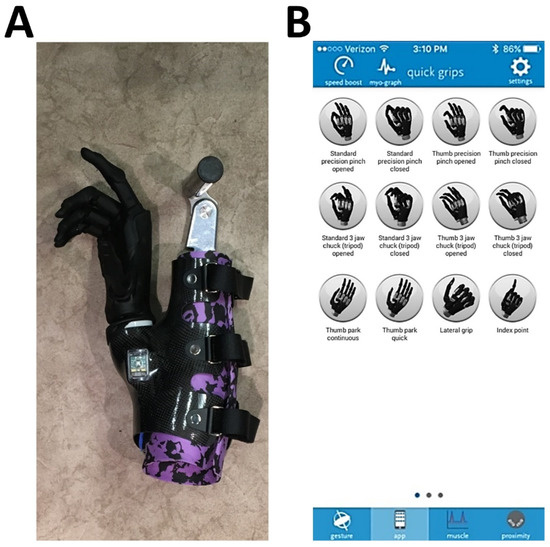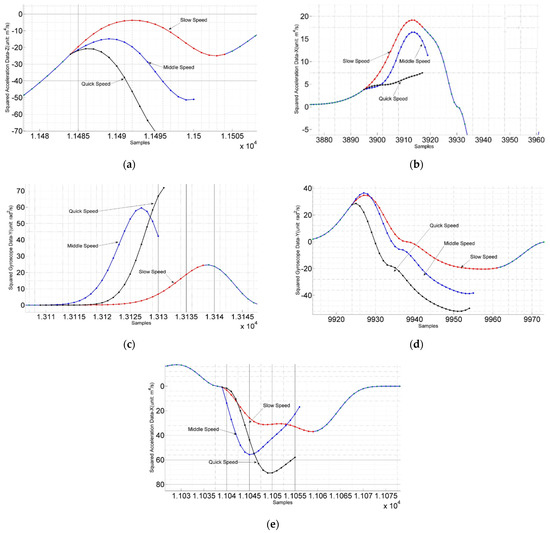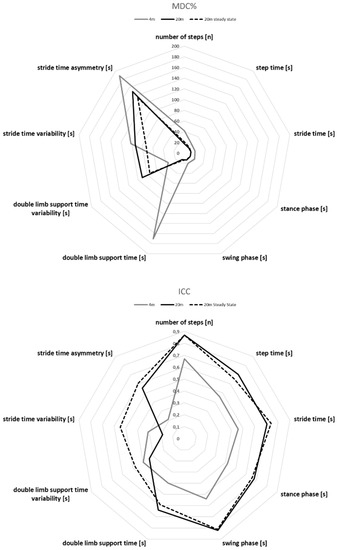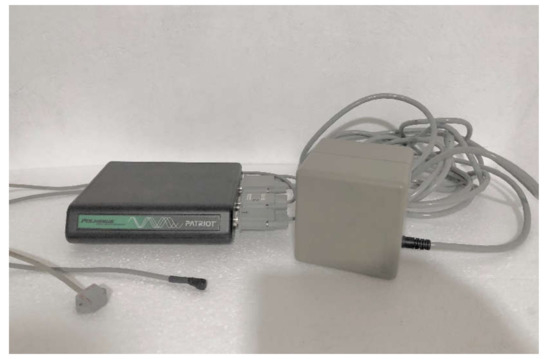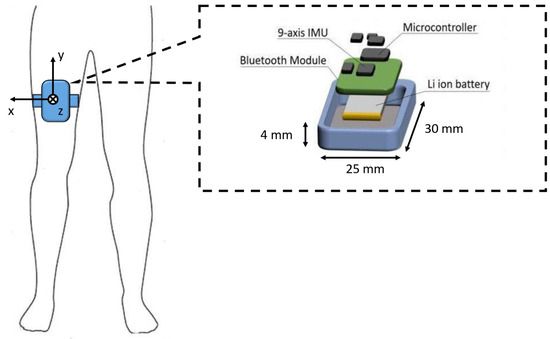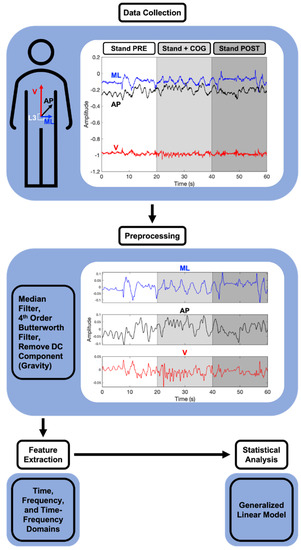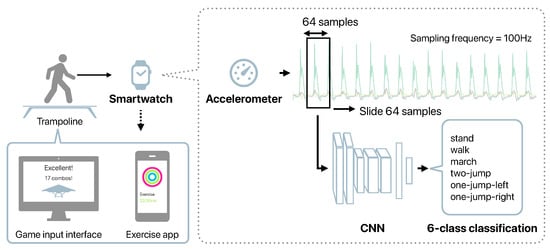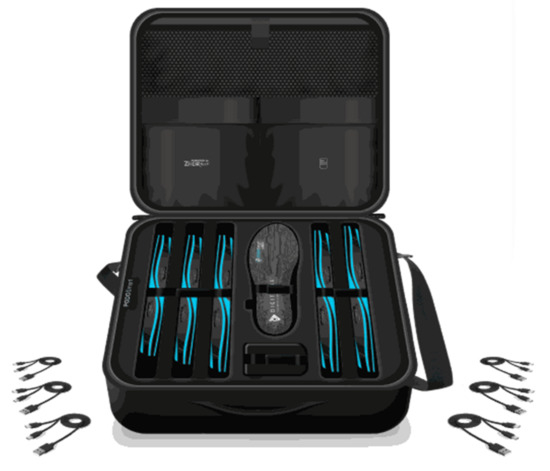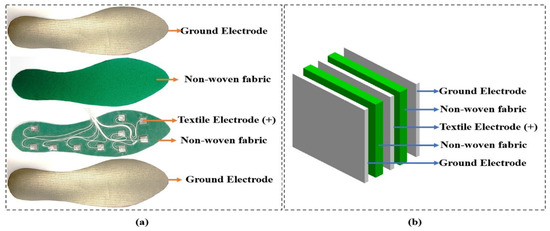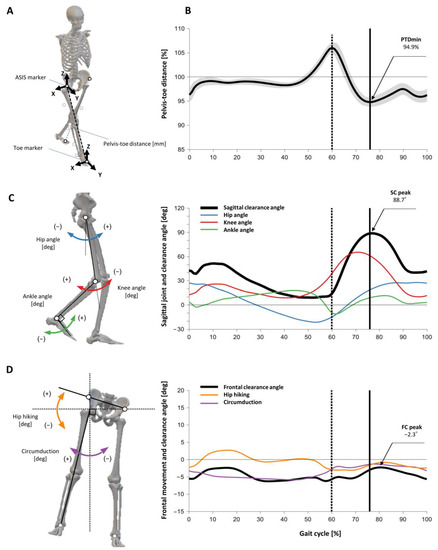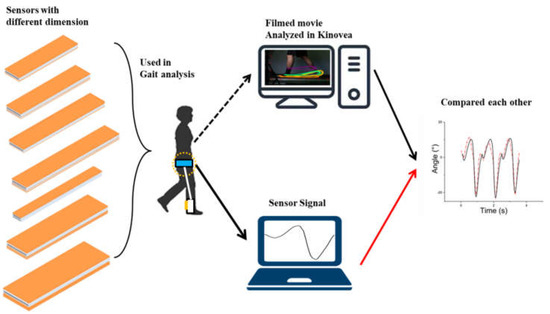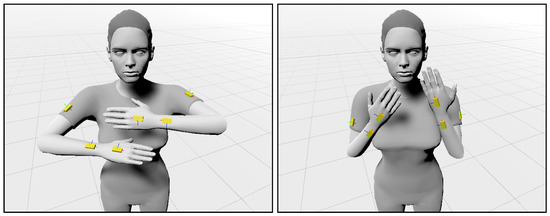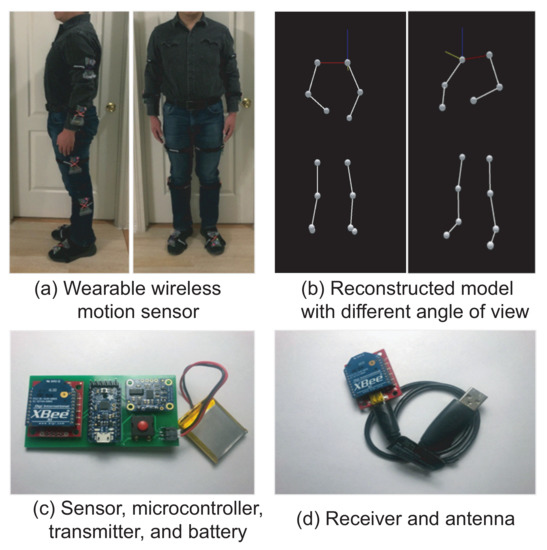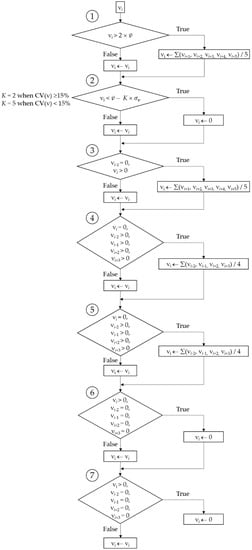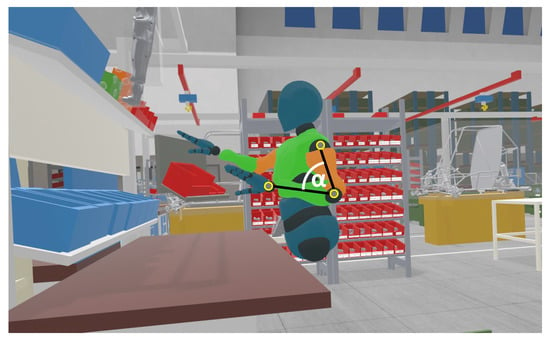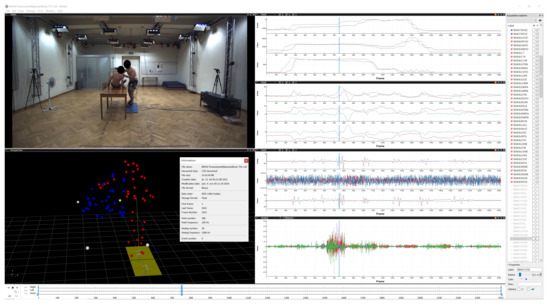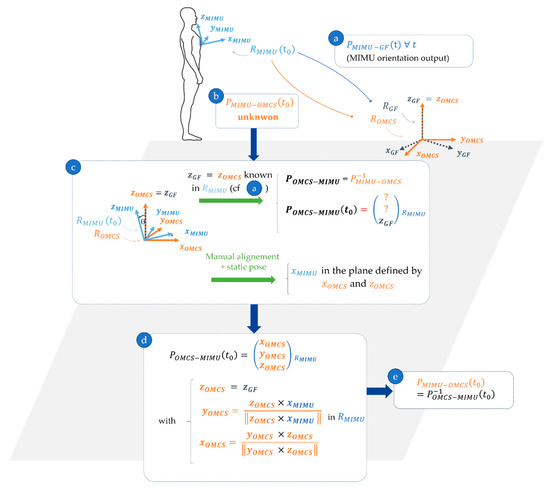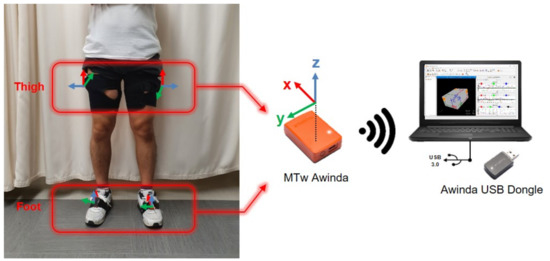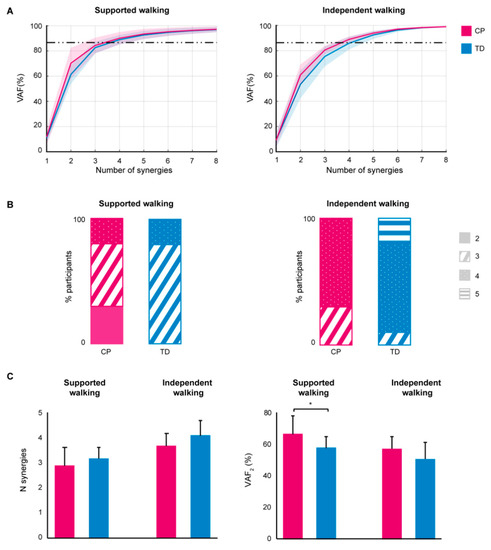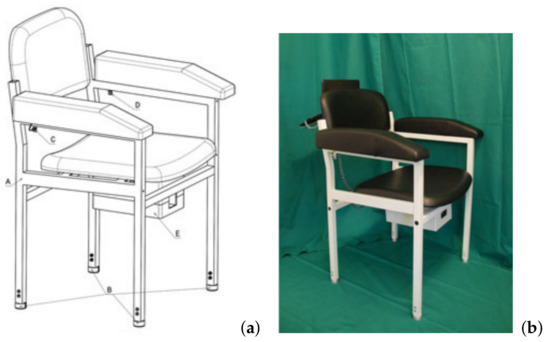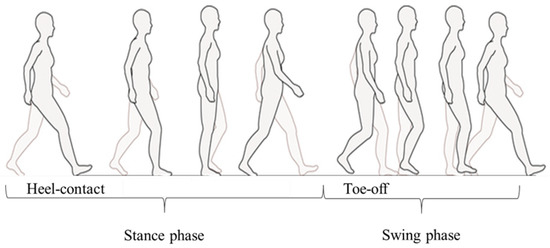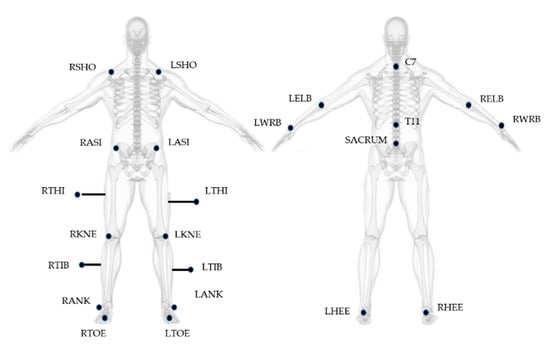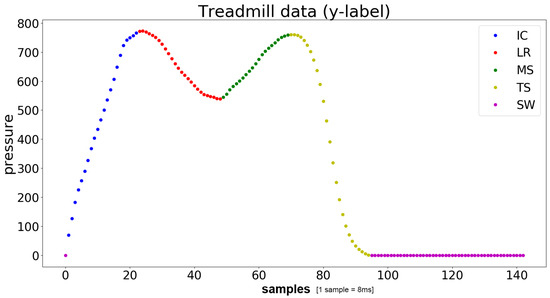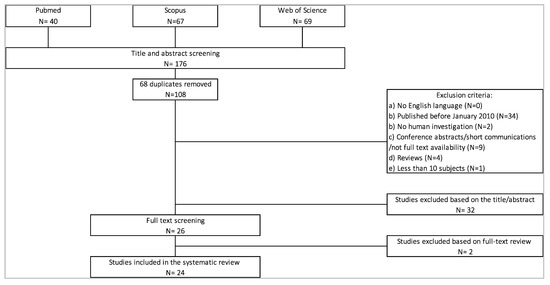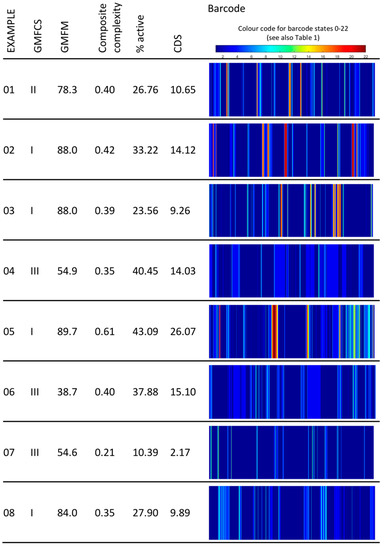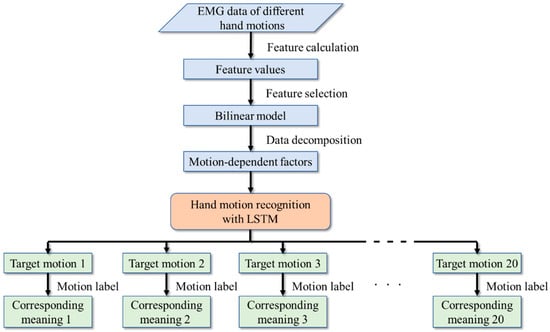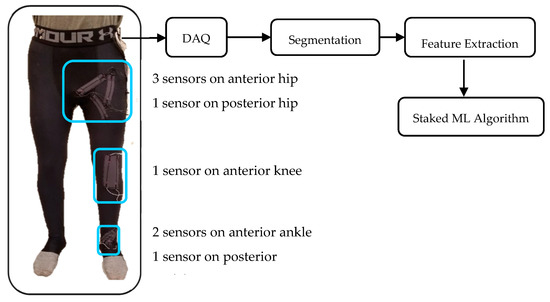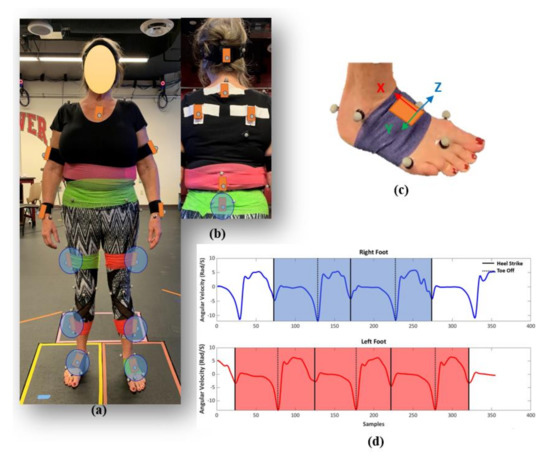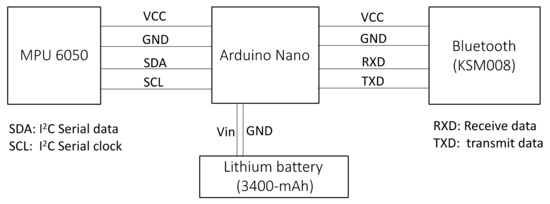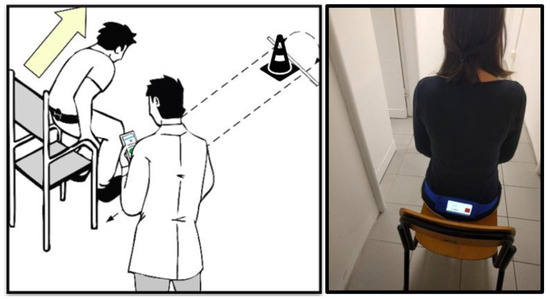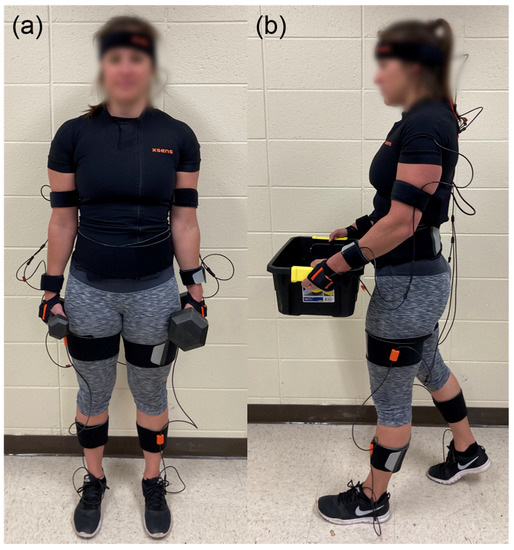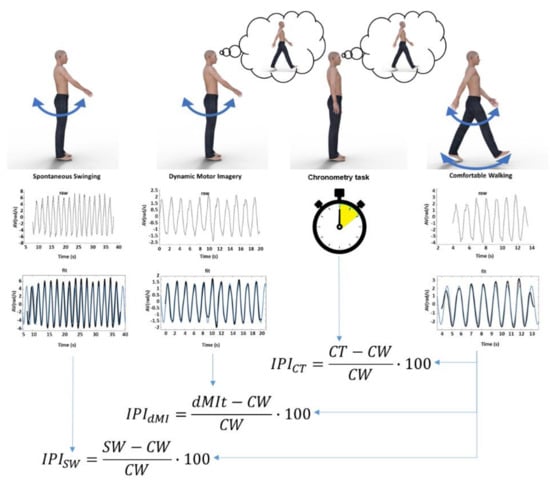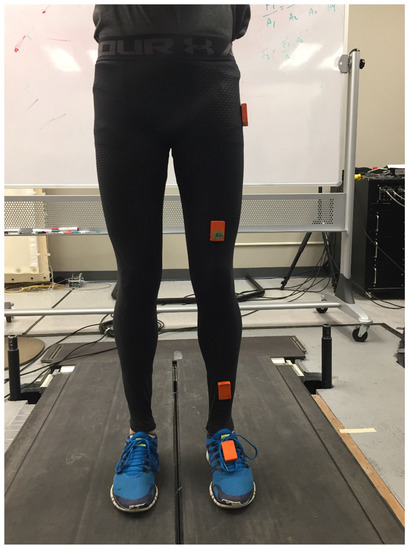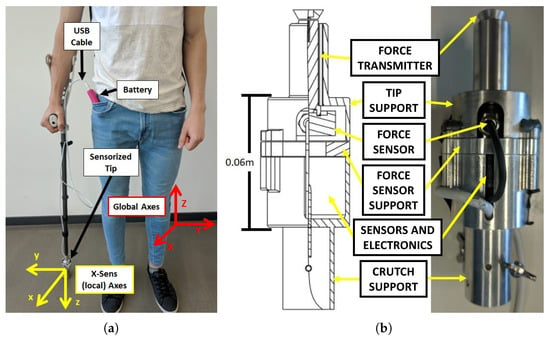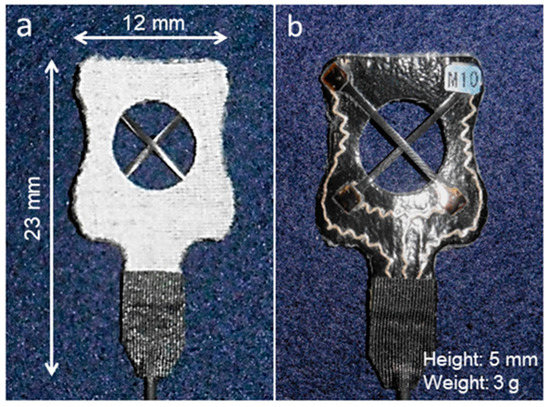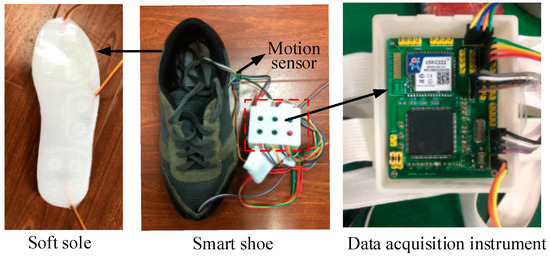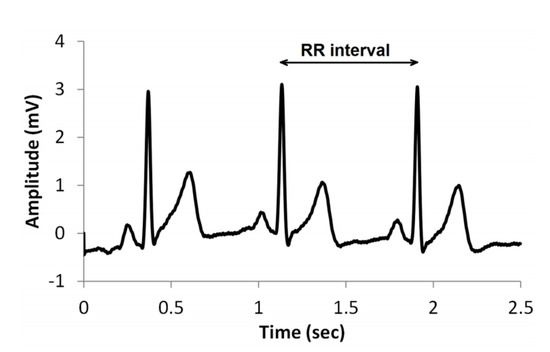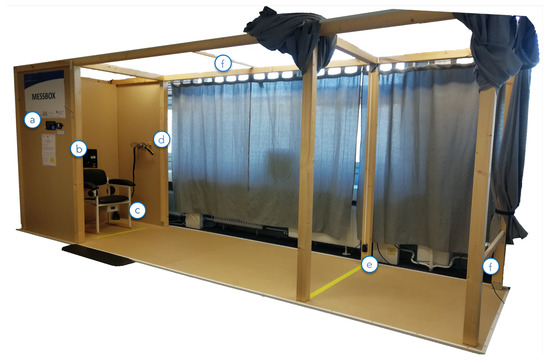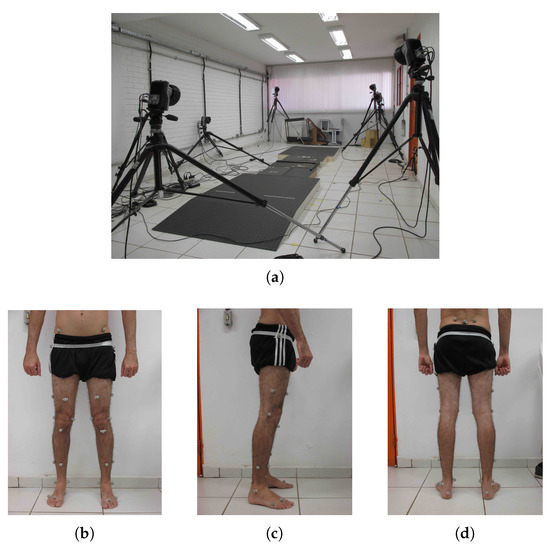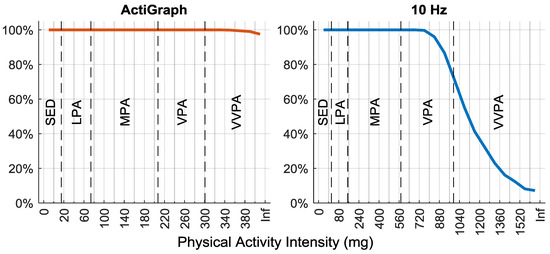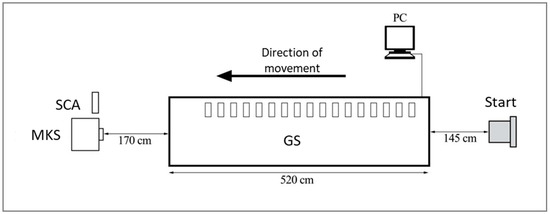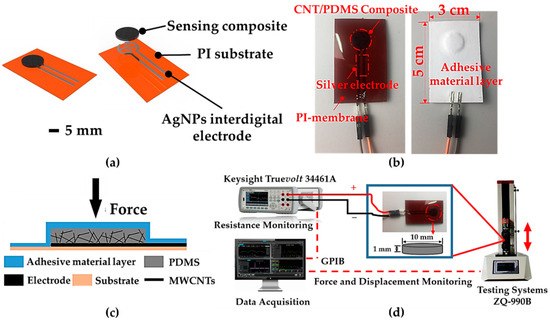Sensors for Gait, Human Movement Analysis, and Health Monitoring
A topical collection in Sensors (ISSN 1424-8220). This collection belongs to the section "Wearables".
Viewed by 419980Editor
Interests: neuroscience; neurorehabilitation; motor control; neuropsychology; psychometry
Special Issues, Collections and Topics in MDPI journals
Topical Collection Information
Dear Colleagues,
The instrumentation of human movement analysis consists of sensor-based measurement techniques aimed to objectively describe and quantitatively assess the motor functions and motor abilities of a subject. With the instrumentation of movement analysis, the kinematic and kinetic parameters of human movements can be determined, and musculoskeletal functions can be quantitatively evaluated. This is fundamental for assessing motor behaviors, sport performances, health monitoring, and assessing motor impairments in pathological conditions, including the evaluation of improvements during rehabilitation in a more sensible and objective manner than the ordinal scores of “semi-quantitative” clinical scales. The standard laboratories of human movement analyses, especially those for gait analysis, are composed of multi-camera motion capture systems, force platforms, and electromyographic devices. Thanks to technological advances in the field of motion measurement techniques, it is now possible to measure the kinematics of body segments via wearable inertial sensors, such as accelerometers and gyroscopes, allowing also continuous health monitoring during the activities of daily life. This Topic Collection aims to highlight the most recent research regarding sensors and their applications in gait analysis and, more generally, human movement analysis, including in health monitoring.
Contributions are invited from groups active in this field of research.
Dr. Marco IosaCollection Editor
Manuscript Submission Information
Manuscripts should be submitted online at www.mdpi.com by registering and logging in to this website. Once you are registered, click here to go to the submission form. Manuscripts can be submitted until the deadline. All submissions that pass pre-check are peer-reviewed. Accepted papers will be published continuously in the journal (as soon as accepted) and will be listed together on the collection website. Research articles, review articles as well as short communications are invited. For planned papers, a title and short abstract (about 100 words) can be sent to the Editorial Office for announcement on this website.
Submitted manuscripts should not have been published previously, nor be under consideration for publication elsewhere (except conference proceedings papers). All manuscripts are thoroughly refereed through a single-blind peer-review process. A guide for authors and other relevant information for submission of manuscripts is available on the Instructions for Authors page. Sensors is an international peer-reviewed open access semimonthly journal published by MDPI.
Please visit the Instructions for Authors page before submitting a manuscript. The Article Processing Charge (APC) for publication in this open access journal is 2600 CHF (Swiss Francs). Submitted papers should be well formatted and use good English. Authors may use MDPI's English editing service prior to publication or during author revisions.
Keywords
- gait analysis
- locomotion
- movement assessment
- motion capture
- stereophotogrammetry
- inertial measurement unit
- health monitoring





















